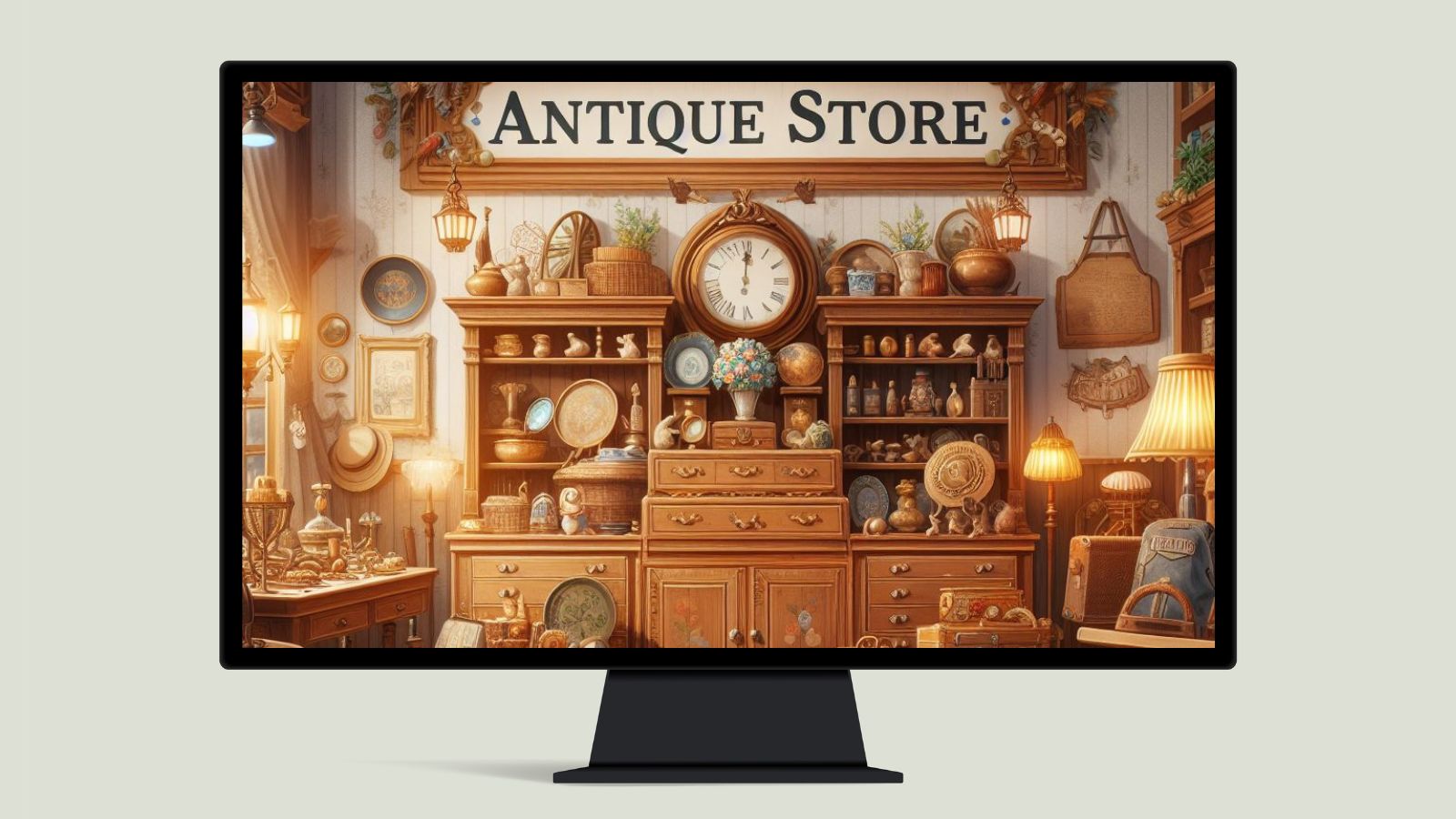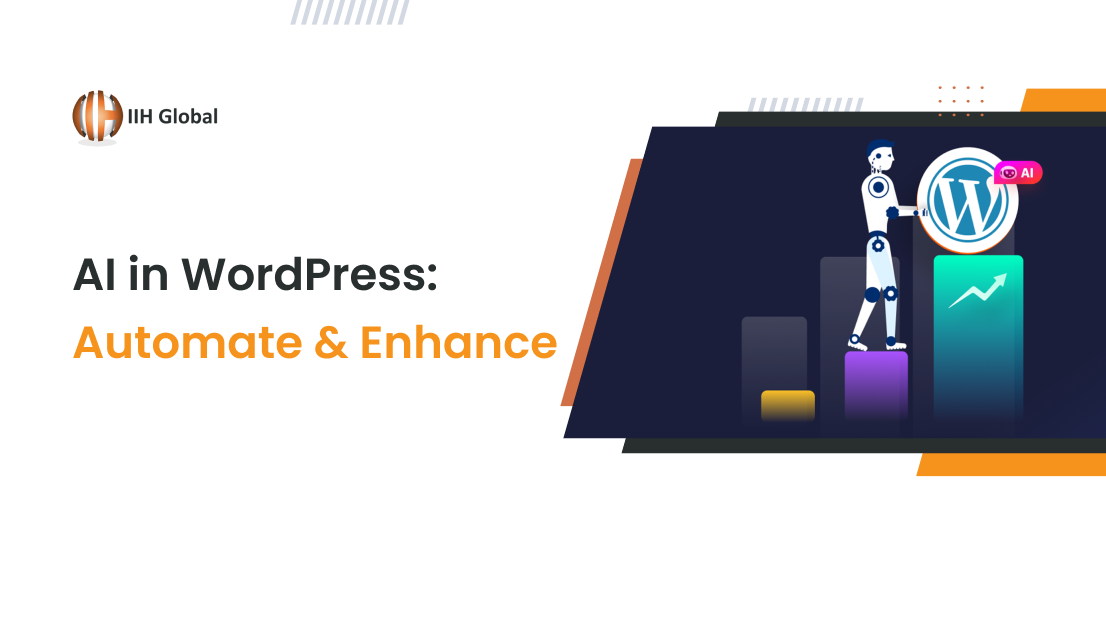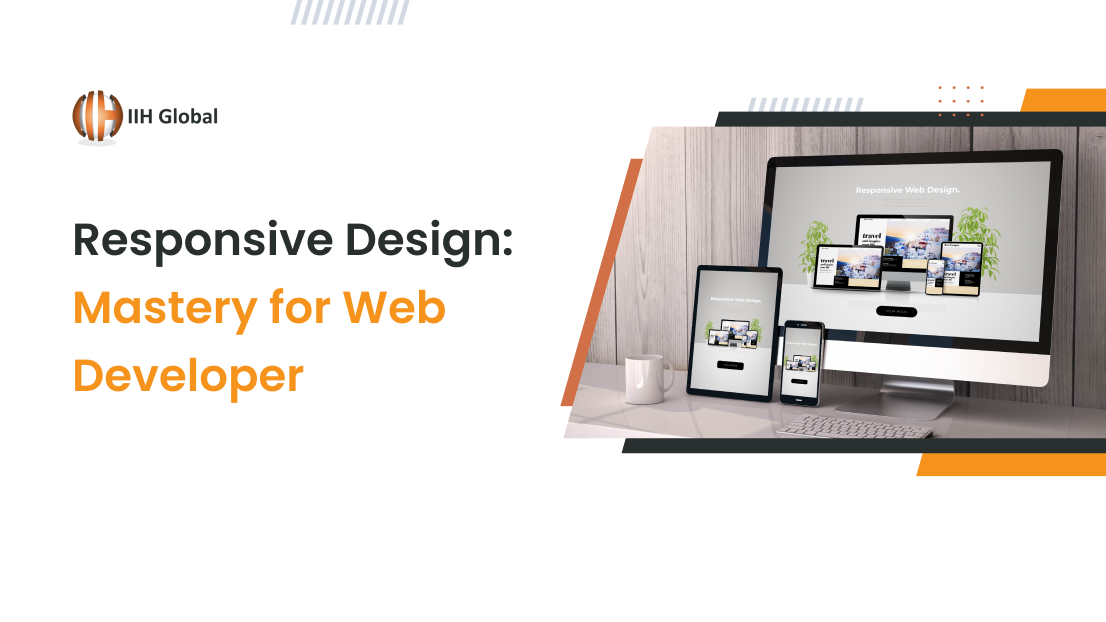How Much Does Antique Store Website Design Cost?
Antique store website design entails crafting a digital platform that captures the store's essence, highlights its collection, and offers a smooth online experience for visitors. The website should effectively convey the store's unique charm and character while making it easy for users to browse and engage with the inventory. This blog post delves into the significance of a well-designed website, types of antique store websites, essential features, factors influencing costs, and provides an average cost range for designing an antique store website. A well-designed antique store website serves as a crucial tool for showcasing inventory, reaching a global audience, establishing credibility, providing information access, enhancing search engine visibility, unlocking e-commerce opportunities, fostering customer engagement, ensuring mobile accessibility, and gaining a competitive advantage. Antique store websites come in various types, catering to different business models, customer needs, and preferences. Here are several types of antique store websites: The type of antique store website chosen often depends on the business goals, target audience, and the scale of the operation. Each type has its advantages, and the selection is based on the unique needs and preferences of the antique store owner.The Importance of a Well-Designed Website for Antique Stores
Types Of Antique Store Websites
1) Online Marketplace:
2) Single-Store E-commerce Website:
3) Auction Websites:
4) Curated Collection Website:
5) Brick-and-Mortar Store Companion:
6) Educational and Informational Websites:
7) Membership-based Websites:
8) Online Catalogs:
9) Hybrid Platforms:
10) Specialized Niche Websites:
11) Mobile Apps:
12) Social Media Shops:
Essential Features For Antique Store Websites
Building an effective antique store website requires incorporating essential features that enhance user experience, showcase the uniqueness of the items, and facilitate smooth transactions.
Here are key features to consider:
User-Friendly Navigation:
Intuitive menu structure and navigation to help users easily explore different sections of the website.
High-Quality Images:
Clear, high-resolution images of each antique item from various angles to showcase details and condition.
Detailed Item Descriptions:
Comprehensive descriptions providing historical context, provenance, and any relevant information about the antique items.
Search and Filter Options:
Robust search functionality and filters to help users find specific items, styles, or periods of interest.
Mobile Responsiveness:
Ensure the website is optimized for mobile devices to cater to users browsing on smartphones and tablets.
Contact Information:
Clearly displayed contact information, including email, phone number, and physical address for the brick-and-mortar store if applicable.
About Us Page:
Information about the antique store's history, values, and expertise to build trust and credibility.
Secure E-commerce Platform:
If selling items online, implement a secure e-commerce platform with SSL certification to protect customer information during transactions.
Shopping Cart and Checkout System:
User-friendly shopping cart for easy selection and a streamlined checkout process with multiple payment options.
Customer Accounts:
Optional customer accounts for order tracking, personalized recommendations, and easier future purchases.
Social Media Integration:
Links to and integration with social media profiles to expand the store's online presence and facilitate social sharing.
Newsletter Signup:
Allow visitors to subscribe to newsletters for updates on new arrivals, promotions, and events.
Blog or News Section:
A blog or news section to share stories, historical insights, and updates related to the antique industry.
Reviews and Testimonials:
Showcase customer reviews and testimonials to build trust and credibility.
Privacy Policy and Terms of Service:
Clearly communicate privacy policies and terms of service to ensure transparency and compliance with regulations.
Multiple Contact Channels:
Provide various contact options, such as email forms, live chat, or a customer service hotline, for user inquiries and support.
Responsive Customer Support:
Responsive customer support to address queries promptly and efficiently.
Security Measures:
Implement security measures to protect both customer data and the website from potential cyber threats.
FAQ Section:
A frequently asked questions section to address common queries and provide additional information.
Shipping and Return Policies:
Clearly outline shipping costs, delivery times, and return policies to manage customer expectations.
By incorporating these above mentioned key features, an antique store website can provide a positive and informative experience for visitors, ultimately contributing to customer satisfaction and business success.
Factors Influencing the Cost of Antique Store Website Design
The cost of designing an antique store website can vary based on several factors, reflecting the complexity and features required.
Here are key factors influencing the cost of antique store website design:
(1) Scope of Work:
The overall scope of the project, including the number of web pages, features, and the complexity of the design, significantly influences the cost.
(2) Functionality and Features:
The inclusion of specific features, such as e-commerce functionality, search filters, mobile responsiveness, and content management systems, can impact the overall cost.
(3) Customization and Design Complexity:
The level of customization and intricacy in the design affect the cost. Unique layouts, custom graphics, and complex design elements may require more time and resources.
(4) E-commerce Integration:
If the antique store plans to sell items online, the integration of e-commerce functionality, secure payment gateways, and inventory management systems can increase the cost.
(5) Content Creation:
The creation of high-quality content, including professional photography, detailed item descriptions, and historical information, can contribute to the overall cost.
(6) Responsive Design:
Ensuring the website is optimized for various devices, particularly mobile devices, may involve additional development work, impacting the cost.
(7) User Experience (UX) and User Interface (UI) Design:
Investing in a user-friendly and visually appealing design, with considerations for user experience, can affect the overall cost.
(8) Integration with Third-Party Tools:
If the website needs to integrate with external tools or services, such as social media platforms, analytics tools, or shipping services, it can impact the development cost.
(9) Security Measures:
Implementing robust security measures, including SSL certificates, secure payment gateways, and protection against cyber threats, may contribute to the cost.
(10) SEO Optimization:
Incorporating search engine optimization (SEO) strategies to enhance the website's visibility on search engines can influence the cost.
(11) Maintenance and Updates:
Ongoing maintenance, updates, and support services can add to the overall cost of the website.
(12) Timeline and Urgency:
Tight deadlines or the need for an expedited development process may require additional resources and, consequently, increase the cost.
(13) Experience and Expertise of the Web Development Team:
The level of experience and expertise of the web development team or agency working on the project can impact the hourly rates or project fees.
(14) Domain and Hosting:
Costs associated with domain registration and hosting services contribute to the overall expenses.
(15) Compliance and Legal Requirements:
Ensuring compliance with legal requirements, such as privacy policies and terms of service, may involve additional legal and development work.
(16) Testing and Quality Assurance:
Rigorous testing and quality assurance processes to ensure the website functions smoothly across different devices and browsers can influence the cost.
Considering these above sixteen key factors and discussing specific requirements with an antique store website design company can help in obtaining a more accurate estimate for the cost of designing an antique store website. It's essential to balance the desired features with the available budget to create a successful and cost-effective web presence.
Average Cost Range for Antique Store Website Design
1. Basic Antique Store Website:
- Simple design with a few static pages
- Limited functionality
- Basic contact form
- No e-commerce features
Cost Range: $2,000 - $5,000
2. Standard Antique Store Website:
- More pages and content
- Basic e-commerce functionality
- Responsive design for mobile devices
- Integration with social media
Cost Range: $5,000 - $10,000
3. Advanced Antique Store Website:
- Custom design with unique elements
- Comprehensive e-commerce features
- Advanced search and filtering options
- Integration with third-party tools or services
Cost Range: $10,000 - $15,000+
It's important to note that these are rough estimates, and the actual antique store website designt cost can vary based on specific project requirements, geographical location, and the expertise of the web development team. Additionally, ongoing costs for hosting, maintenance, and updates should be considered.
Conclusion
The cost of designing an antique store website varies based on factors like complexity, features, and customization. Factors such as scope of work, functionality, design complexity, and more influence the cost. The average cost ranges from $2,000 to $15,000+, depending on the website's level of sophistication and features.
For a detailed estimate and to elevate your antique business online, contact us at sales@iihglobal.com and schedule a call with our experienced antique store website design team.







